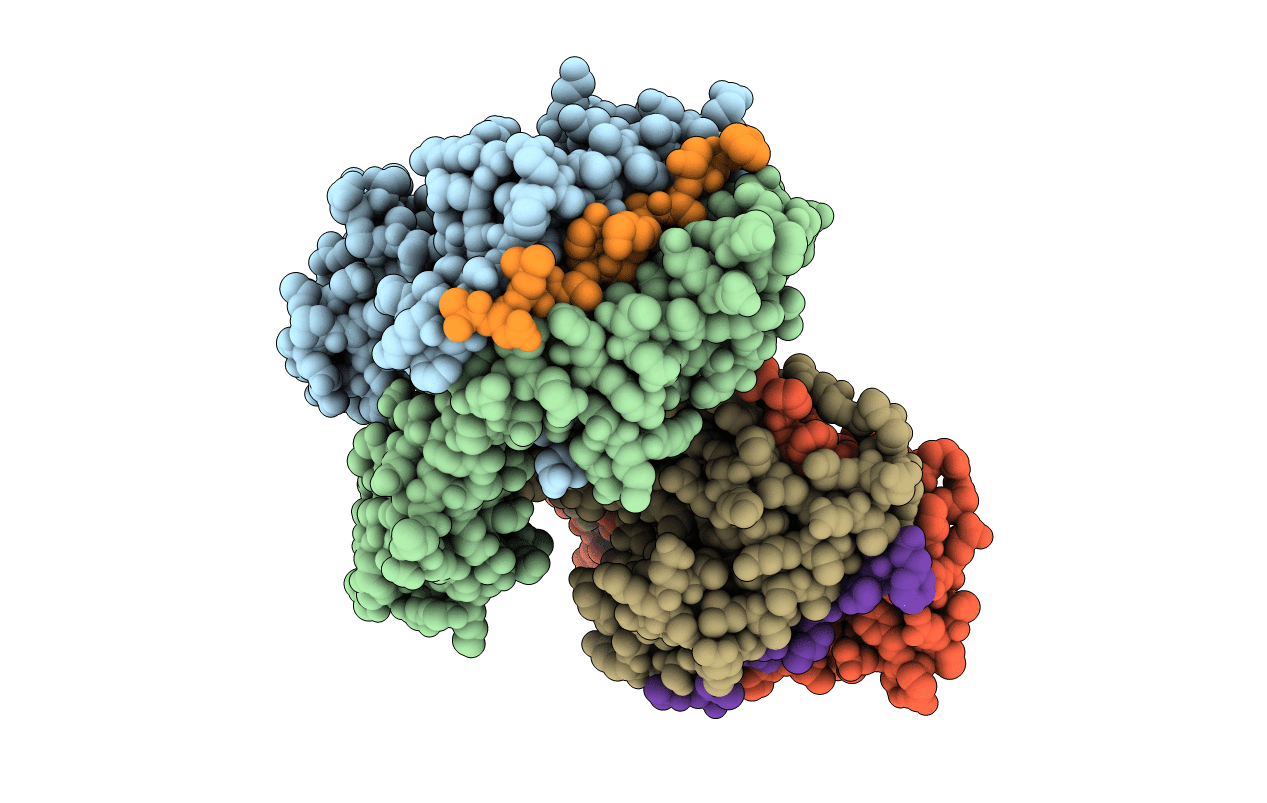
Deposition Date
2003-10-13
Release Date
2004-02-03
Last Version Date
2024-10-16
Entry Detail
PDB ID:
1R5V
Keywords:
Title:
Evidence that structural rearrangements and/or flexibility during TCR binding can contribute to T-cell activation
Biological Source:
Source Organism:
Mus musculus (Taxon ID: 10090)
(Taxon ID: )
(Taxon ID: )
Host Organism:
Method Details:
Experimental Method:
Resolution:
2.50 Å
R-Value Free:
0.24
R-Value Work:
0.21
R-Value Observed:
0.21
Space Group:
P 21 21 21


